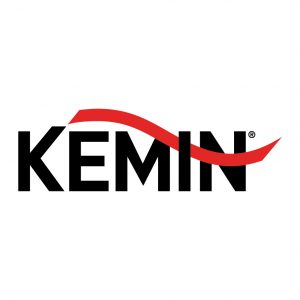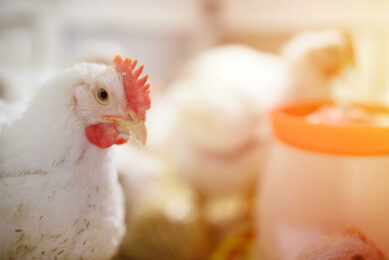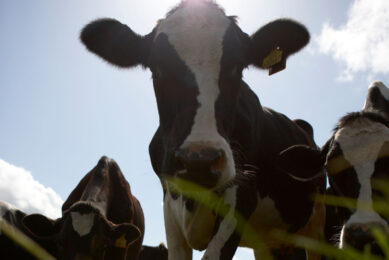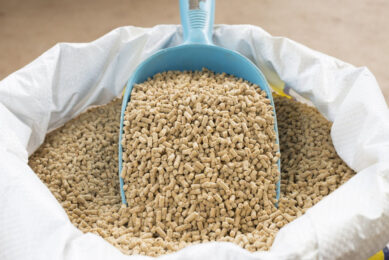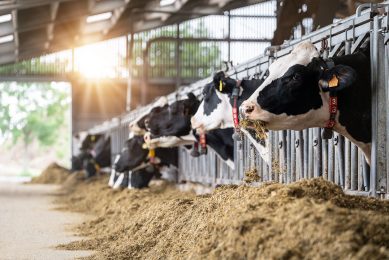Immune modulation for optimal animal health

Every single producer of livestock is looking at opportunities to reduce the use of antimicrobials, whether as a growth promotor or for therapeutic use. This does however collide with the end consumers wish for both high welfare animals and antibiotic free meat. An overlooked potential to help here is the animal’s own immune system: the impact of immune modulation by in-feed solutions is underestimated.
There is a constant drive to use specific, clearly defined ingredients to help producers reach both aims reducing antimicrobials while maintaining animal health and productivity. An area not systematically targeted yet is the immune system of an animal.
By priming the immune response with a feed additive, it is possible to enhance animal health at a minimal energy cost. Even without a disease challenge there might be a need to assist the immune system.
Protecting immunity
Several well-known diseases have a down-regulation of the immune system as part of their strategy of infecting a host. Even some of the strategies aimed at maintaining health come at a cost in terms of productivity, such as intensive vaccination programs. Not to forget young animals, whose immune system is immature, but nonetheless present. Additionally, bridging the immunity gap – when the maternal immunity is gone and the newborn‘s immune system is not well developed yet- is crucial.
Weanlings are exposed to different stress factors during this event: they are taken away from their mother and are receiving a different feed. Both are challenging for the intestinal health and the immune system. High production periods, for example during lactation and gestation, require high energy and nutrient availability, with consequently a negative impact on the immune function.
Offering support where it is needed
By supporting the immune system during above mentioned periods, there is a potential to lessen all those negative effects on the immune system. Of course, modulating the immune system always comes with the fear of serious energy costs and loss in feed conversion. The key is to target those species or ages that genuinely need support and to standardise the active ingredients and dosage to such an extent that an overregulation can be avoided.
By priming the immune response with a feed additive, a Beta-(1,3)-Glucan (Aleta) derived from a new and unique source, an alga (Euglena gracilis), it is possible to enhance animal health at a minimal energy cost. Euglena gracilis is a fresh water protist and has the ability to synthesize Beta-(1,3)-Glucan as a storage reservoir of carbon. This storage molecule is highly bioavailable as it is located in the cytoplasm of the alga and it compromises a chain of glucose molecules connected by beta-glycosidic bonds between 1 and 3 carbons.
In-feed solution
In animals, these typical 1,3 linked glucose molecules are recognised by a receptor (Dectin-1) located on immune cells, like macrophages. They trigger a secretion of stimulatory as well as immunomodulatory cytokines, which will induce a further response of the immune system. Serving as an immune modulator in animals, Aleta can be a cost-effective in-feed solution to manage situations of disease and stress, and to support animals in antibiotic growth promoter (AGP) removal and vaccination programs.
Next to commonly used tools such as proper farm and disease management and various vaccination and treatment options; immunomodulators help to boost immune response thereby increasing the animal’s resistance to immunological challenges and optimising vaccine programs. Thus, helping to decrease economic losses in animal production. Several trials have been performed by Kemin to evaluate the benefits of using Aleta in enhancing animal health and performance of animals raised in challenging conditions, with very positive outcomes.
Priming the immune system
In summary, there are already many valid options to use in health management and programs aimed at reducing antimicrobials. The animal’s own resources however, have to date been under-exploited, in particularly opportunities to use the natural immune system. Today, Kemin is providing an efficient solution (Aleta) priming the immune system and consequently improving animal health and performance in critical or challenging conditions.
References are available upon request


